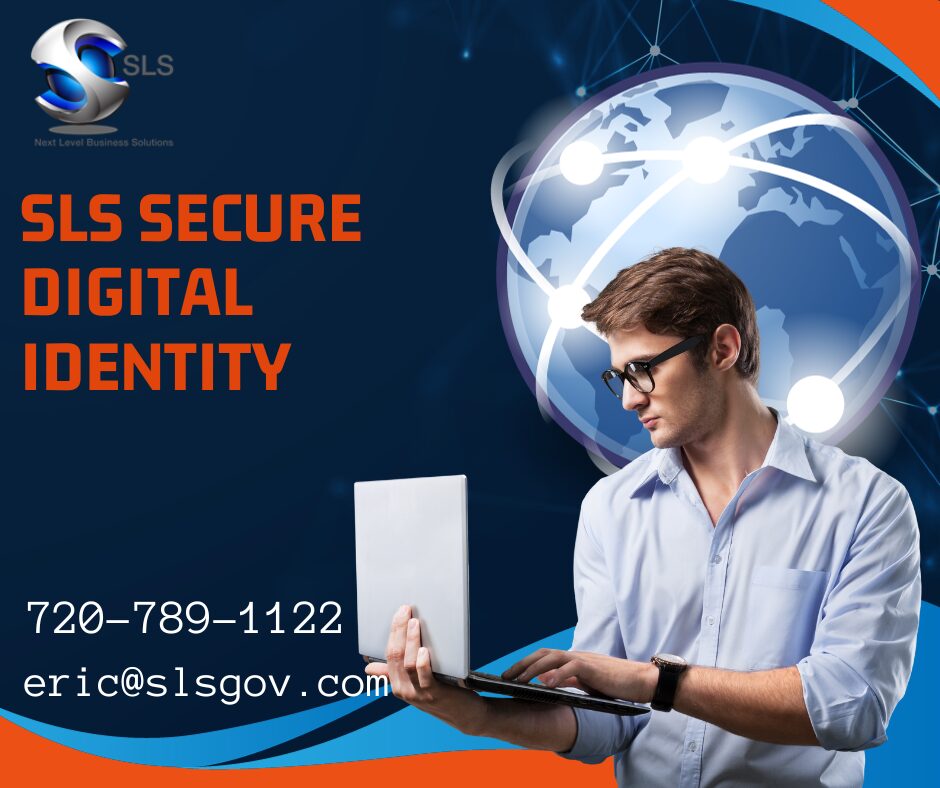GovTech helps ensure the security of government technology. Protecting the security of these platforms involves a multifaceted approach encompassing various aspects of government technology solutions, processes, and people. Several strategies can be employed to enhance security, beginning with risk assessment and management. As a government technology company, we suggest you conduct a comprehensive risk assessment regularly. This assessment will identify potential vulnerabilities and threats to your infrastructure. Lastly, government software evaluation should also cover both internal and external factors that could compromise security.
Government Technology Robust Authentication
As a leading government technology company, we suggest implementing robust authentication mechanisms. Enforcing strong, multi-factor authentication for accessing sensitive systems and data adds an extra layer of security. This robust authentication surpasses passwords, making it harder for unauthorized users to gain access.
Knowledgeable Professional GovTech Professionals
Another critical government business solution is to use a skilled, knowledgeable, professional government technology consultant. A consultant will help keep all software, including operating systems, applications, and firmware, up to date. These updates include the latest security patches. Note, attackers often exploit software vulnerabilities, so timely patching is crucial.

“Securing Agencys, Protecting Data: Safeguarding Tomorrow’s Digital Frontiers.”
At SLS GovTech, we empowering governance through expertise: building stronger, smarter systems for tomorrow.”
More Government Technology Business Solutions
Data encryption is a must. Encryption for all government technology and sensitive data at rest and in transit helps to protect it from unauthorized access. This essential layer of security includes using encryption protocols for communication channels and encrypting data stored on devices and servers.
Network Security Measures
Network Security Measures include implementing firewalls, intrusion detection and prevention systems, and secure network protocols. This network of security measures help to safeguard against unauthorized access, malware, and other network-based attacks.
Employee Training and Awareness
Employee Training and Awareness regarding securing government technology is a must. Educating employees on avoiding suspicious links and email attachments Is the first basic step to better security. In addition, using strong passwords, and recognizing social engineering tactics, helps to reduce risk. Regular training sessions and simulated phishing exercises help reinforce security awareness.
Access Control and Least Privilege
Access Control and Least Privilege is also suggested. Restrict access to sensitive systems and data on a need-to-know basis. In addition, implementing role-based access controls (RBAC) and least privilege principles to your government technology is a must. Equally important, the least privilege principle ensures that users only have access to the resources necessary for their job roles.
Regular Security Audits
Regular Security Audits, vulnerability assessments, and penetration testing, should be part of any agency’s routine. This testing will proactively identify and address security weaknesses and help keep you ahead of potential threats and vulnerabilities.
Government Software Solutions for Security
Government Software Solutions For Security Should Include An Incident Response Plan. Every agency should develop and regularly update an incident response plan. This plan outlines procedures for detecting, responding to, and recovering from security incidents. This ensures a coordinated and effective response in the event of a security breach.
Vendor Risk Management
Vendor Risk Management assesses the security practices of third-party vendors. Additionally, we assess service providers with access to your agency’s systems or data. Additionally, thes helps to ensure that they adhere to stringent security standards and protocols.
Physical Security
Physical Security Measures help protect physical access to servers, networking equipment, and other critical infrastructure. These security measures inclued access controls, surveillance cameras, and alarms.
Compliance and Regulatory Standards
Strick Compliance with Regulatory Standards ensures compliance with relevant security and privacy regulations. These include GDPR, HIPAA, or PCI DSS, depending on your industry and geographic location.
Conclusion
By adopting a comprehensive approach that addresses these key areas, agencies can significantly enhance the security of their technology tools. Lastly, these measures help mitigate the risk of cyber threats and attacks.
